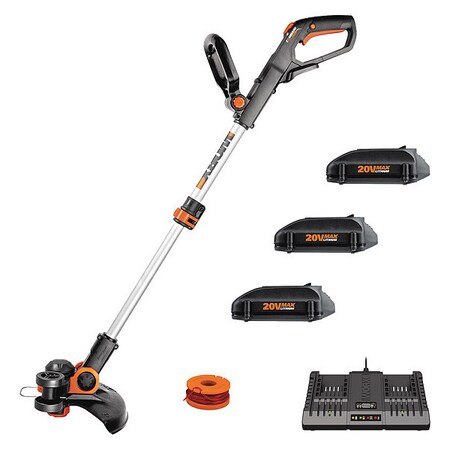Externet
Advanced Member level 2
- Joined
- Jan 29, 2004
- Messages
- 587
- Helped
- 28
- Reputation
- 58
- Reaction score
- 30
- Trophy points
- 1,308
- Location
- Mideast US
- Activity points
- 5,820
Greetings.
A power tool uses its own brand name battery pack with five 18650 cells. Runs well. Lasts very little, like 1 minute and it is supposed to last ~20 minutes.
Charger used is the same brand intended for such battery packs, was supplied original with the tool. Gets full charge signaling light in about 5 minutes; It took like a couple of hours when everything was new.
Tried a second battery charger, same behavior reaching full charge in just 5 minutes, lasts about 1 minute operating the tool.
Batteries are less than 50 cycles of charge/discharge in very normal use, never abused.
What would be your opinion diagnosis ? How can the health of the (5) packs be determined with no doubts ? Can their internal charge/discharge management be failed ? Can both chargers be failing somehow ? Can the tool be signaling to the packs to stop operating the cycle / delivering the energy ?
Many places on the web with details on charging but not much on diagnostics and failure modes, life expectancy.

-Image borrowed from web-
A power tool uses its own brand name battery pack with five 18650 cells. Runs well. Lasts very little, like 1 minute and it is supposed to last ~20 minutes.
Charger used is the same brand intended for such battery packs, was supplied original with the tool. Gets full charge signaling light in about 5 minutes; It took like a couple of hours when everything was new.
Tried a second battery charger, same behavior reaching full charge in just 5 minutes, lasts about 1 minute operating the tool.
Batteries are less than 50 cycles of charge/discharge in very normal use, never abused.
What would be your opinion diagnosis ? How can the health of the (5) packs be determined with no doubts ? Can their internal charge/discharge management be failed ? Can both chargers be failing somehow ? Can the tool be signaling to the packs to stop operating the cycle / delivering the energy ?
Many places on the web with details on charging but not much on diagnostics and failure modes, life expectancy.
-Image borrowed from web-